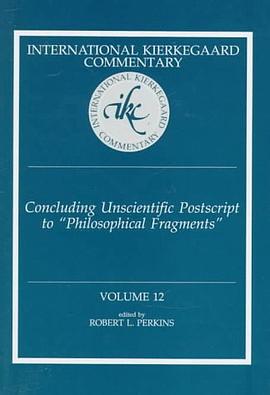

Anapolitanos critically examines and evaluates three basic characteristics of the Leibnizian metaphysical system: Leibniz's version of representation; the principle of continuity; and space, time, and the phenomenally spatio-temporal. Chapter I discusses representation, especially as it refers to the connection between the real and the phenomenal levels of Leibniz's system. Chapter II examines the principle of continuity, including continuity as a general feature of every level of Leibniz's metaphysics. The position adopted is that the problem of the composition of the continuum played a central role on the development of Leibniz's non-spatial and non-temporal monadic metaphysics. The machinery developed is then used to offer a new interpretation of Leibniz' metaphysics of space and time. The notion of indirect representation is used to construct appropriate models that clarify the nature of the correspondence between the real and the phenomenal levels in the case of the relations 'spatially between' and 'temporally between', as well as in the cases of spatial and temporal density. Finally, Leibniz's solution to the problem of the continuum is discussed, arguing that it is not entirely satisfactory. A non-anachronistic alternative is proposed, compatible with Leibniz's metaphysics of substance.
具体描述
读后感
评分
评分
评分
评分
用户评价
相关图书
本站所有内容均为互联网搜索引擎提供的公开搜索信息,本站不存储任何数据与内容,任何内容与数据均与本站无关,如有需要请联系相关搜索引擎包括但不限于百度,google,bing,sogou 等
© 2025 book.wenda123.org All Rights Reserved. 图书目录大全 版权所有




















